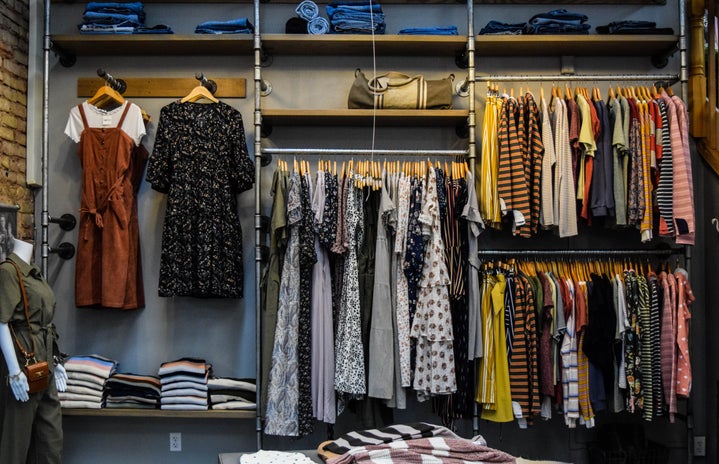In the past few years, the fashion trend cycle has moved quicker than ever with the growth of fast fashion brands like Shein that release hundreds of new pieces each day. Since 2018, the cycle has already gone through the 1980s, 1990s, and 2000s trends alone. At this rate, 2010s fashion will resurface within a year or two. To put the cycle speed into perspective, let’s compare 2023 trends to those in 1923. Though only 100 years ago, 1923 was basically a whole different world both technologically and societally. Nonetheless, the amount of fashion similarities is surprising.
The 1920s, better known as the “Roaring Twenties”, was a part of the Jazz Age and the United States Prohibition era.
The film The Great Gatsby is a popular but slightly exaggerated depiction of the time. It followed World War II after women’s suffrage emerged, giving women more social confidence. The fashion of this era was also groundbreaking and was heavily influenced by Parisian designers, most notably Coco Chanel of Chanel, and a new silhouette was introduced that helped define the Art Deco era, differentiating it from the previous Art Nouveau era. To this day, the French style remains a chicness standard.
To best explain the similarities and differences in 1923 and 2023 fashion, let’s compare the timeless little black dress that was originally designed by Coco Chanel. The women of the 1920s wore midi shift dresses, while today similar styles are being sold just with less bulk of fabric as a slip dress.
The difference is: our modern obsession with looking curvy as plastic surgery becomes more popular and accessible. We have even brought back the very corsets women had ditched in the 1920s. Their body type beauty standard was the opposite, with the goal of looking younger, androgynous, and boxy. While the waists of our dress are taken in at the waist, theirs were hemmed to have straight seams. However, shift dresses had wide necklines and some were even backless. We’ve all seen the viral backless baby tee that has been duped by all the fast fashion brands now, and it also happens to have those characteristics. Similarly, as we have added length to our usual mini dresses, they made a huge change by shaving dress length off to just below the knee when only floor-length dresses had been socially-acceptable beforehand. We met in the middle. To style a little black dress from either time, fur coats are essential, whether it is trimmed with fur or it is fully fur. In 2023, fur coats made a comeback into casual streetwear. To accessorize, a pair of tights and statement jewelry are key. These complete outfits can fit in seamlessly in either era.
If a girl from 1923 was to meet a girl from 2023, they may not be able to recognize they are different (an exaggeration but you get my point). Since the trend cycle has almost caught up with itself, it may restart from there. Only time will tell.
Edited by: Claire Gomez

